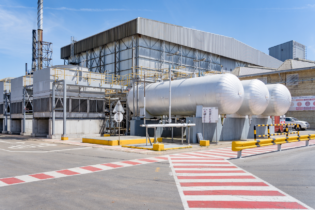Cyber-crime is a burgeoning threat, not only to business but also to governments all over the world. The increasing number of highly publicised examples of cyber-crime activities being used against governments or for political gain highlights this trend.
By Simeon Tassev, Director and QSA at Galix
The need for controls to protect unauthorised access to sensitive information is clear. However, while cyber-crime may be the main driver behind these efforts, data security covers so much more than just cyber-crime.
From commercial enterprises to the public sector, cyber-crime costs billions of Rands each year, and revisions to local legislation are thus underway in an effort to curb this alarming trend.
However, online threats are by no means the only danger to sensitive information, and many incidents of data breaches have occurred as a result of the simplest of methods, from printing confidential documents to copying unauthorised files onto a USB drive and simply walking out of the building.
Controlling the flow of data
Ensuring data security requires governments to control the flow of data, understand their infrastructure, and most importantly, begin security with the process of collecting data. Starting from the beginning of the data lifecycle is key from the perspective of auditing and forensics.
Understanding which information is confidential or sensitive, and classifying data accordingly, is essential. From there it is possible to implement logging, monitoring and alerting systems to flag incidents of unauthorised data access.
Understanding priorities
Once data classification and monitoring has been implemented, government can examine other technologies for the protection of information. The key here is to understand what data there is, and what government priorities are.
This comes back to the importance of data classification, as without this no organisation, government or otherwise, can implement proper controls. It is simply not practical to protect everything, particularly in light of the rapid rate at which data volumes are expanding, so prioritisation is essential.
Preventative technology
Preventative technology is the next step, along with vulnerability management and continuous vulnerability monitoring. Data security requires an understanding of the environment as well as the potential risks, which are constantly evolving, so security needs to adapt in an agile manner to these changes. Network access controls, mobility management systems and more can then be implemented on top of this.








